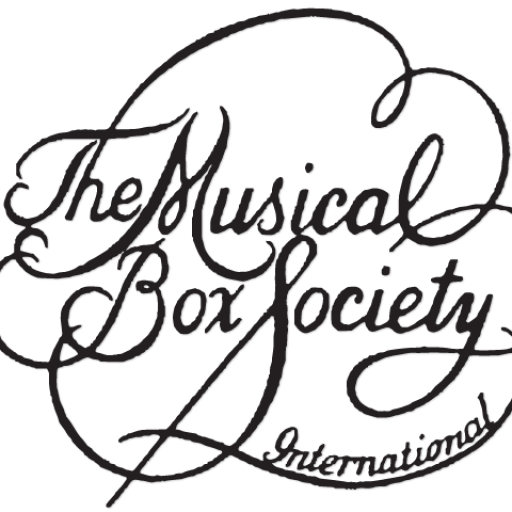The Grange Musical Collection is a unique collection of self-playing musical instruments. Educational talks and demonstrations by appointment or why not come and visit the Collection on one of our open days. It is a living Museum, home of the Mechanical Music Museum Trust. The museum display combines the largest selection of mechanically operated musical instruments in the UK and also a collection of related material, working models showing how the mechanism perform, examples of the types of paper and card music used to activate the machines.
National Packard Museum
Mary Ann Porinchak, Executive Director
Exhibit consists of:
- 1 Regina 27” changer
- 1 Steck Player Piano (not working).
- Lots of wonderful early Packard automobiles
Lake County Historical Society
Amy Kapostasy, Director.
Exhibit consists of:
- 5 cylinder boxes
- 2 disc boxes with multiple discs
- 1 Edison phonograph
- 1 Molinari organ
- 1 Roller Organ
- Wonderful exhibits of local Ohio and national history.
Nickel Music Collection
The museum is currently private and can be viewed by appointment. The “Nickel Music Collection” contains about 20 coin pianos, orchestrions, and related items of a few collectors, including Bart Off, Dave Ramey, and Brad McClincy. Contact David Ramey (dcramey@dcramey.com, 708-602-3961) or Brad McClincy (coinpiano@gmail.com) for more information.
American Treasure Tour
This collection features all shapes, sizes and types of mechanical music instruments. Daily tours guided by docents provide an excellent overview of all the types of instruments that fall under the mechanical music umbrella.
